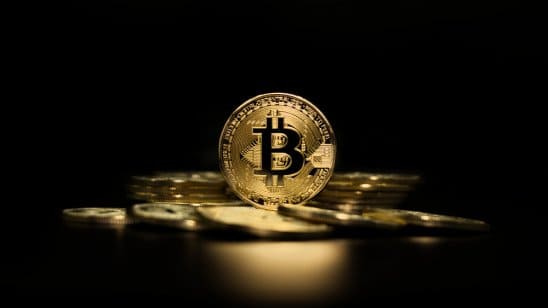
Are Bitcoin And Gold Good Investments?
As uncertainty persists, potential buyers compare Bitcoin’s returns to those of gold, contemplating whether or not either is a safe option in a market where both optimism and fear coexist. Last year at this time, many started comparing Bitcoin to gold since its returns had been higher than gold’s for several years running.
According to data from Augmont gold tech pvt ltd, gold returns have been significantly higher than those of Bitcoin this year.
Both real estate and gold are seen as safe havens by financial gurus. When asked about why people buy gold and Bitcoin, Amanjot Malhotra, country head of Bitay, a global fintech business specializing in crypto assets, blockchain, artificial intelligence, IoT, etc., answered that protecting wealth is a popular motivation.
Gold saw returns of around 6.3–7.3% in 2017–18, whereas Bitcoin rose by approximately 1,300% in the same time period. Bitcoin outperformed gold by a wide margin in the three years from 2019 to 2022 (table). While gold has gained over 4% so far this year, Bitcoin is down roughly 57%.
Demand for gold was strong throughout the holiday season. During the two-day celebration, the India Bullion and Jewellers Association (IBJA) reports that around 39 tonnes of gold were sold for approximately Rs 19,500 crore.
Why Invest in Bitcoin?
Investing in Bitcoin can be appealing to investors for several reasons. Here are some key factors that contribute to the investment case for Bitcoin:
- Potential for High Returns: Bitcoin has demonstrated significant potential for price appreciation over time. Since its inception, the value of Bitcoin has experienced substantial growth, and some investors have made substantial profits. However, it’s important to note that Bitcoin’s value is highly volatile, and past performance does not guarantee future results.
- Store of Value and Hedge Against Inflation: Bitcoin’s limited supply, with a maximum of 21 million coins, has led some investors to view it as a store of value similar to gold. Bitcoin’s decentralized nature and the absence of central authority make it resistant to inflationary pressures that can erode the value of traditional fiat currencies.
- Technological Innovation and Potential Applications: Bitcoin operates on blockchain technology, which offers secure and transparent transactions. The underlying technology has the potential for various applications beyond currency, such as decentralized finance (DeFi), smart contracts, and digital identity verification. Some investors see Bitcoin as an investment in the future of technology and its potential to disrupt traditional industries.
- Portfolio Diversification: Bitcoin can serve as a diversification tool in investment portfolios. Its low correlation with other asset classes, such as stocks and bonds, means that it may behave differently in response to market trends and provide a hedge against traditional market risks. Including Bitcoin in a well-diversified portfolio can potentially enhance overall risk-adjusted returns.
- Accessibility and Global Reach: Bitcoin’s digital nature allows for easy accessibility and global reach. Investors can buy, sell, and hold Bitcoin through various online platforms and exchanges. The decentralized nature of Bitcoin also means that it can be accessed and utilized by individuals in countries with limited access to traditional financial systems.
It’s important to note that investing in Bitcoin carries risks and considerations. Bitcoin’s price volatility can result in significant losses, and regulatory developments can impact its value and legal status.
Additionally, the cryptocurrency market is still relatively young and subject to market manipulation and cybersecurity risks. It’s crucial for investors to thoroughly research and understand the risks associated with investing in Bitcoin and to only invest what they can afford to lose.
As with any investment, it’s advisable to seek professional financial advice tailored to your individual circumstances and risk tolerance.
Why Do Investors Buy Bitcoin and Gold?
Investors buy Bitcoin and gold for various reasons, driven by different factors and investment objectives. Let’s delve into the main motivations behind investing in each asset:
Bitcoin:
Investors are drawn to Bitcoin for several reasons:
- Potential for High Returns: Bitcoin has gained a reputation for its potential to deliver significant returns over time. The cryptocurrency has experienced substantial price appreciation since its inception, which has attracted investors seeking substantial capital gains. However, it’s important to note that Bitcoin’s price is highly volatile, and investing in it carries inherent risks.
- Store of Value: Bitcoin’s limited supply and decentralized nature make it appealing as a store of value. With a maximum supply of 21 million coins, Bitcoin is designed to be scarce, which can contribute to its perceived value over time. Some investors view Bitcoin as a hedge against inflation and the devaluation of traditional fiat currencies, considering its potential to preserve purchasing power.
- Portfolio Diversification: Bitcoin is often included in investment portfolios as a diversification tool. Its low correlation with traditional asset classes, such as stocks and bonds, means that it may behave differently under various market conditions. By adding Bitcoin to a diversified portfolio, investors aim to reduce overall risk and potentially enhance risk-adjusted returns.
- Technological Innovation: Bitcoin’s underlying technology, blockchain, is seen as a groundbreaking innovation with potential applications beyond currency. Some investors are attracted to Bitcoin as an investment in the future of technology and its ability to disrupt industries such as finance, supply chain, and decentralized applications (DApps). They believe that the transformative power of blockchain technology may drive long-term value for Bitcoin.
Gold:
Investors are drawn to gold for several reasons:
- Store of Value and Hedge Against Uncertainty: Gold has a long history as a reliable store of value, particularly during times of economic uncertainty. It is often regarded as a safe-haven asset, sought after by investors as a hedge against inflation, geopolitical risks, and financial market volatility. The perceived stability and universal acceptance of gold contribute to its allure as a tangible store of wealth.
- Portfolio Diversification: Gold is commonly used as a diversification tool in investment portfolios. Its low correlation with other asset classes, including stocks and bonds, means that it can act as a hedge against market risks and provide a potential diversification benefit. By adding gold to their portfolios, investors aim to reduce overall risk and increase the likelihood of achieving more stable returns.
- Tangible Asset: Gold’s physical nature appeals to some investors who value the tangibility and intrinsic value of the metal. Owning physical gold in the form of bullion or coins provides a sense of security, as it is not dependent on any intermediary or technological infrastructure. Investors appreciate the tactile aspect of gold ownership and the reassurance it brings during uncertain times.
- Long-Term Stability: Gold has a track record of maintaining its value over the long term. Throughout history, gold has preserved wealth and acted as a reliable medium of exchange. Some investors view gold as a long-term investment, emphasizing its potential to retain value and serve as a reliable asset in the face of economic fluctuations.
It’s important to note that both Bitcoin and gold have their unique characteristics, risks, and considerations. Investors should thoroughly research and assess their own investment goals, risk tolerance, and time horizons before making decisions. Seeking professional financial advice tailored to individual circumstances is recommended to make informed investment choices.
What are the Differences Between Gold and Bitcoin?
Here is a comparison between gold and Bitcoin highlighting their key differences in a tabular format:
| Aspect | Gold | Bitcoin |
| Nature | Physical metal | Digital cryptocurrency |
| Supply | Limited but continuous mining | Limited supply (21 million coins) |
| Tangibility | Tangible asset | Intangible digital asset |
| Divisibility | Easily divisible into smaller units | Divisible up to 8 decimal places (Satoshis) |
| Portability | Relatively less portable | Highly portable and transferable |
| Centralization | No central authority | Decentralized network |
| Market liquidity | High liquidity | Increasing liquidity, but lower than gold |
| Price stability | Generally stable over time | Highly volatile, prone to significant swings |
| Use as currency | Historically used as a medium of exchange | Increasing acceptance as a form of payment |
| Industrial applications | Used in various industries (e.g., jewelry, electronics) | No direct industrial applications |
| Store of value | Long-standing reputation as a store of value | Growing perception as a store of value |
| Regulatory framework | Well-established regulations in place | Evolving and varying regulatory landscape |
These differences highlight the contrasting characteristics and functions of gold and Bitcoin. Gold has been a traditional store of value for centuries, offering stability and a tangible presence.
It has a limited supply but is continuously mined, providing liquidity and a physical form that is widely recognized and accepted. Gold’s price tends to be relatively stable over time, with less volatility compared to Bitcoin.
On the other hand, Bitcoin is a digital cryptocurrency operating on a decentralized network. It has a limited supply of 21 million coins, making it inherently scarce. Bitcoin is divisible into small units (Satoshis) and highly portable, enabling fast and low-cost transactions across borders.
However, its price is highly volatile, experiencing significant price swings due to market speculation and other factors.
While gold has industrial applications in sectors like jewelry and electronics, Bitcoin does not have direct industrial use. Nevertheless, Bitcoin is increasingly being accepted as a form of payment by various merchants and institutions, further expanding its utility.
The regulation also differs between the two. Gold operates within well-established regulatory frameworks, whereas Bitcoin’s regulatory landscape is still evolving, with varying approaches taken by different jurisdictions.
Gold and Bitcoin offer different investment propositions. Gold is a tangible asset with a long-standing reputation as a store of value, while Bitcoin is a digital currency with the potential for high returns but also higher volatility.
Investors should carefully consider their investment objectives, risk tolerance, and market conditions before deciding to invest in either asset.
Should You Invest in Gold or Bitcoin?
Deciding whether to invest in gold or Bitcoin depends on various factors, including your investment goals, risk tolerance, and market conditions. Here are some points to consider when making this decision:
Investment Goals: Consider your investment objectives. If you are looking for a long-standing store of value with a history of preserving wealth, gold may be a suitable option. On the other hand, if you are interested in potential high returns and exposure to innovative technology, Bitcoin may be more appealing.
Risk Tolerance: Evaluate your risk tolerance. Gold tends to be less volatile compared to Bitcoin, which experiences significant price swings. If you are more risk-averse and prefer stability, gold may be a better fit.
However, if you are comfortable with higher volatility and can tolerate potential short-term losses for the possibility of significant gains, Bitcoin may be worth considering.
Market Conditions: Assess the current market conditions. Both gold and Bitcoin can be influenced by various factors, such as economic conditions, geopolitical events, and investor sentiment. Consider how these factors may impact each asset class.
For example, gold is often seen as a hedge against inflation and economic uncertainty, while Bitcoin’s value can be affected by factors such as regulatory developments and adoption trends.
Portfolio Diversification: Consider how each asset fits into your investment portfolio. Diversification is important to manage risk. Gold’s low correlation with other asset classes, such as stocks and bonds, makes it a popular diversification tool.
Similarly, Bitcoin’s low correlation with traditional assets can provide diversification benefits. Assess your existing portfolio and determine how each asset can contribute to diversification.
Knowledge and Understanding: Evaluate your knowledge and understanding of each asset. It’s crucial to have a solid understanding of the characteristics, risks, and potential of the asset you invest in.
If you are more familiar with the traditional investment landscape, gold may be more aligned with your expertise. On the other hand, if you have an understanding of digital currencies and blockchain technology, Bitcoin may be more suitable.
Regulatory Considerations: Consider the regulatory landscape. The regulatory environment surrounding cryptocurrencies, including Bitcoin, is still evolving, with potential impacts on its value and legal status. Gold, being a more established asset, operates within well-defined regulatory frameworks.
Ultimately, the decision to invest in gold or Bitcoin should be based on your individual circumstances and preferences. Some investors may choose to have exposure to both assets, diversifying their investments.
It’s important to conduct thorough research, seek professional financial advice, and carefully evaluate your own investment goals and risk tolerance before making any investment decisions.
Related Posts

Discover the Best Student Loan Apps in India for Hassle-Freeadmin . November 2, 2023
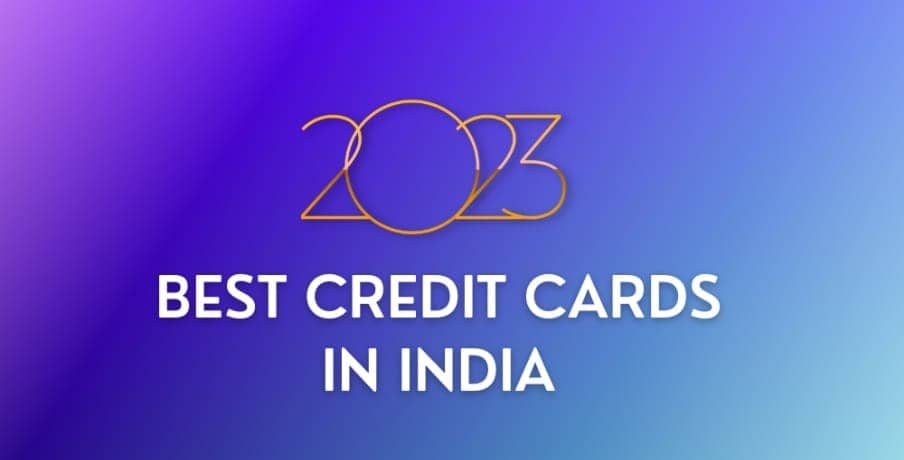
Top 12 Best Credit Cards of 2023admin . May 10, 2023

Money Market Funds: Everything You Need To Knowadmin . August 1, 2023
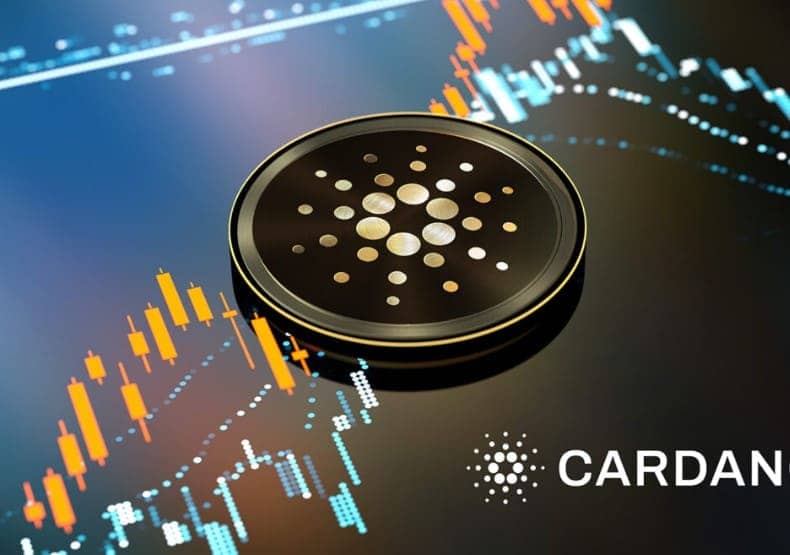
What Is Cardano (ADA)? How Does Cardano Work?admin . June 19, 2023

A Beginner’s Guide to Credit Cardsadmin . May 18, 2023

10 Blockchain Companies Based Out Of Indiaadmin . January 28, 2022

Importance of Smart Investment Choices for Tradersadmin . August 14, 2023

Adani Group Stock Analysis: Is Now the Perfect Time toadmin . October 17, 2023
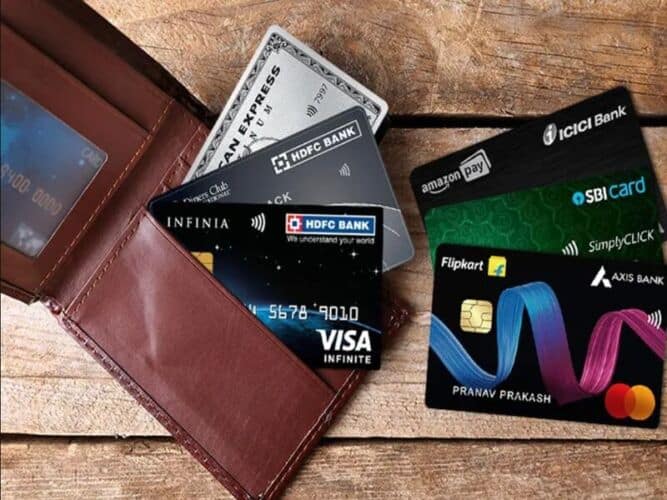
Top Best Credit Cards in India with No Annual Feeadmin . May 24, 2022
Latest Posts

Exploring the Best Cash Advance Apps of 2024 April 8, 2024

Top 34 Passive Income Ideas in 2024 March 19, 2024
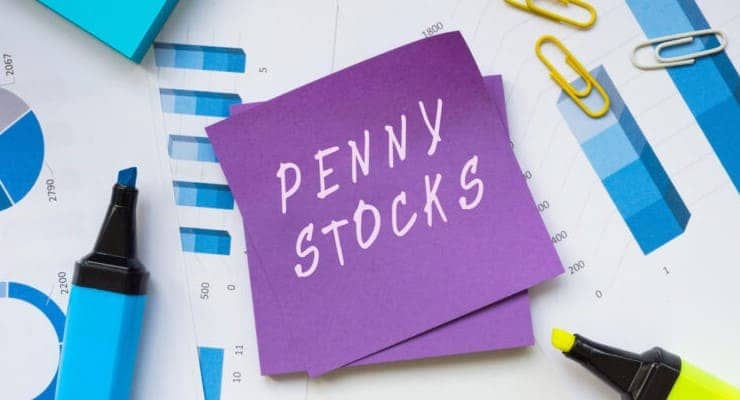
Top 10 Penny Stocks to Buy Canada 2024 February 23, 2024

Best Canadian Artificial intelligence stocks under $1 2024 February 23, 2024

Top Artificial Intelligence Stocks Canada 2024 February 20, 2024

